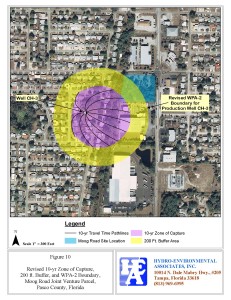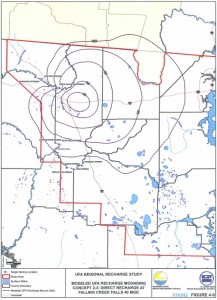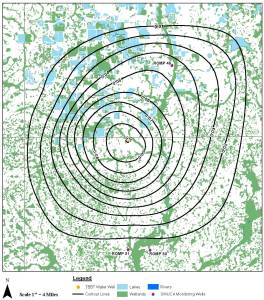 One of HEAs major strengths is groundwater flow and transport modeling. We have extensive experience in developing and applying models to evaluate a wide range of hydrologic problems. Our professionals use both analytic and numerical models as tools to assist our clients in making decisions about both water resource and contamination issues.
One of HEAs major strengths is groundwater flow and transport modeling. We have extensive experience in developing and applying models to evaluate a wide range of hydrologic problems. Our professionals use both analytic and numerical models as tools to assist our clients in making decisions about both water resource and contamination issues.
Senior HEA professionals have been involved with groundwater flow and transport modeling since the very early days of development of the U.S. Geological Survey MODFLOW code. We attended one of the very first training sessions held at the U.S. Geological Survey Training Center in Golden, Colorado back in 1974, during development of MODFLOW. With the advent of the personal computer in the late 1970s, groundwater modeling programs became more and more advanced, and HEA staff has ‘grown up’ with the groundwater modeling industry. Early groundwater models used by HEA included the Trescott and PLASM models, which were precursers to MODLOW. MODFLOW which is now used worldwide and is recognized as the standard for the modeling industry.
 HEA regularly uses the U.S. Geological Survey MODFLOW, MODPATH and SEAWAT programs as a tool to solve a wide range of groundwater problems, including:
HEA regularly uses the U.S. Geological Survey MODFLOW, MODPATH and SEAWAT programs as a tool to solve a wide range of groundwater problems, including:
- Wellfield design, optimization, and impact analysis;
- Groundwater basin and springflow analysis;
- Design of borrow pits, mines, and retention ponds;
- Dewatering projects;
- Design of barrier walls to limit the spread of contamination or to limit drawdown impacts;
- Water Use Permitting analysis;
- Wellhead evaluations to determine zones of influence;
- Design of groundwater remediation systems to enhance contaminant recovery;
- Prediction of salt water movement due to groundwater pumping along coastal areas.
 HEA typically uses the Groundwater Vistas software for pre and post-processing the data, but is also familiar with other software, including the GMS program and Visual MODFLOW.
HEA typically uses the Groundwater Vistas software for pre and post-processing the data, but is also familiar with other software, including the GMS program and Visual MODFLOW.
